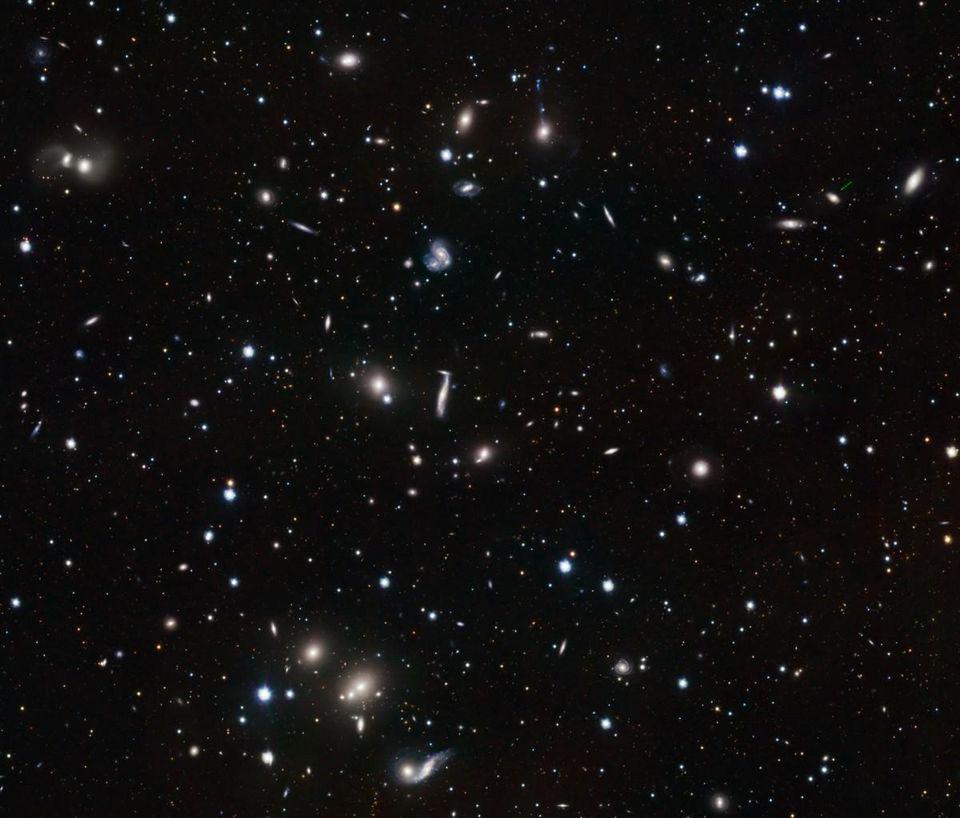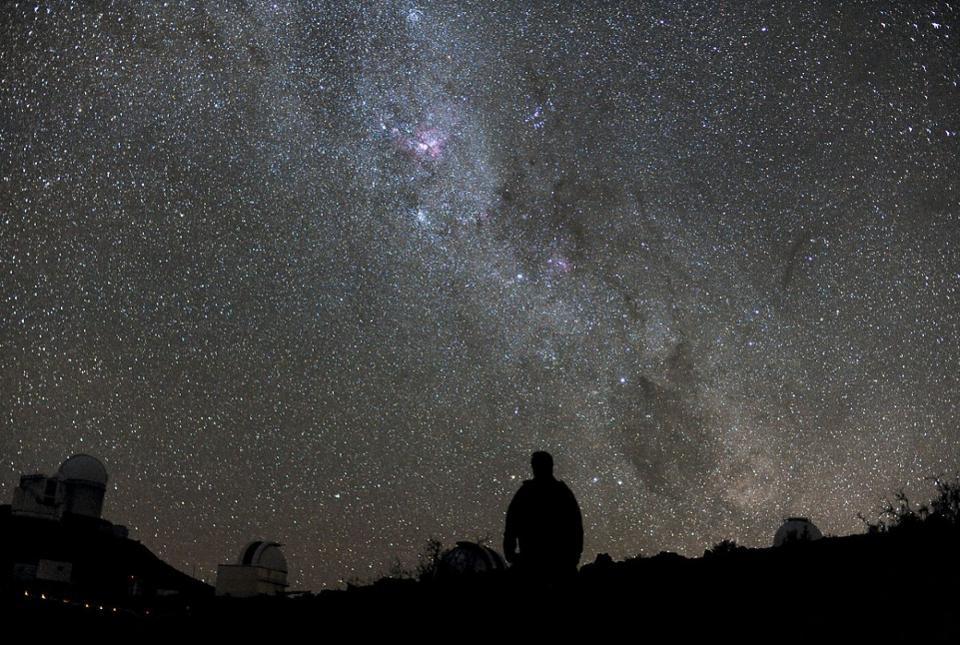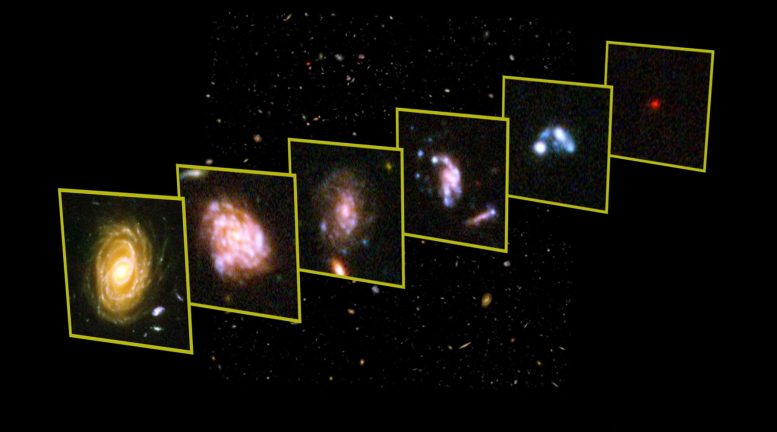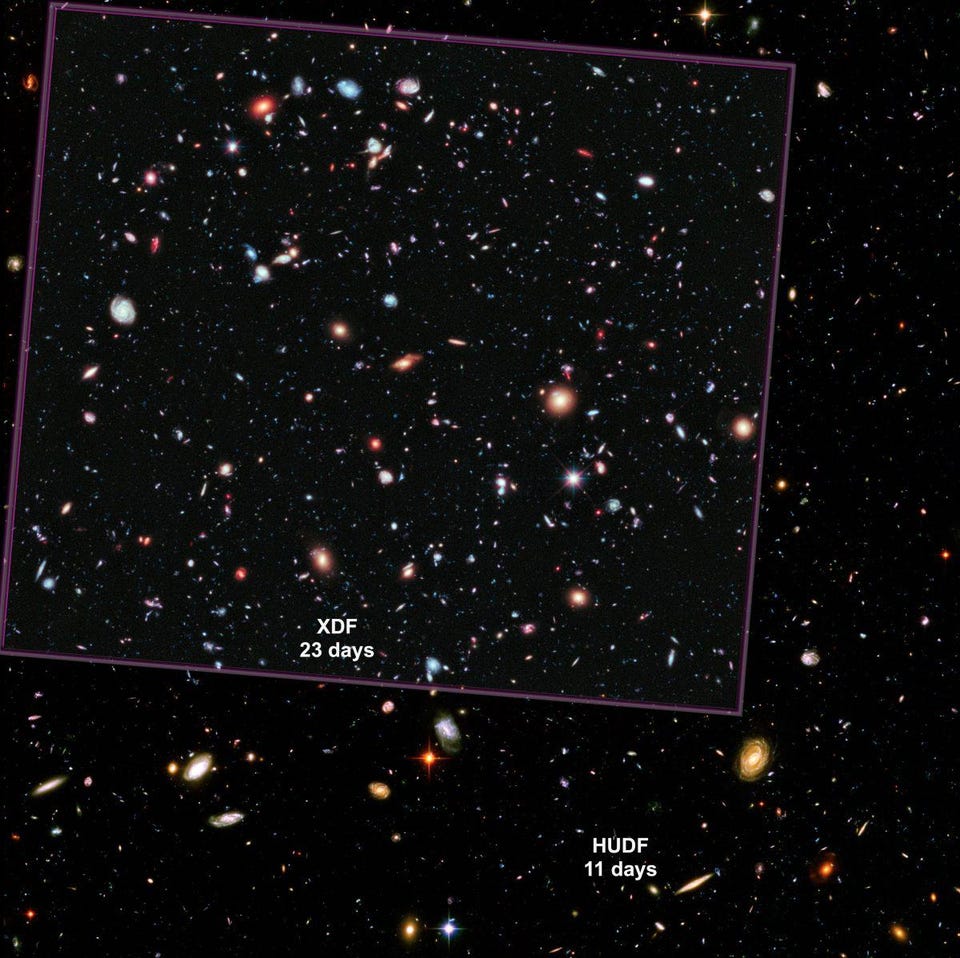What if I told you that the speed of light is not just a number, but a cosmic rule that governs everything in our universe? Often represented by the symbol "c", it measures approximately 299,792 kilometers per second (186,282 miles per second) in a vacuum. This extraordinary constant influences the tiniest particles to the grandest galaxies. But how did we arrive at this understanding, and why can nothing exceed this speed limit? Join me as we explore the fascinating journey of light speed, its implications, and the ongoing mysteries it presents.
The Historical Journey of Light Speed
The quest to understand how fast light travels has intrigued humankind for centuries. Ancient Greek philosophers like Empedocles and Plato speculated on the nature of light, but serious scientific investigation only began in the 17th century.
Danish astronomer Ole Rømer made a groundbreaking discovery in 1676 while observing Jupiter's moon Io. He noticed that the time between Io's eclipses varied with Earth’s distance from Jupiter, leading him to estimate that light takes about 22 minutes to cross a distance equal to the diameter of Earth's orbit. Though his figure of about 220,000 kilometers per second was not exact, it confirmed that light has a finite speed.





